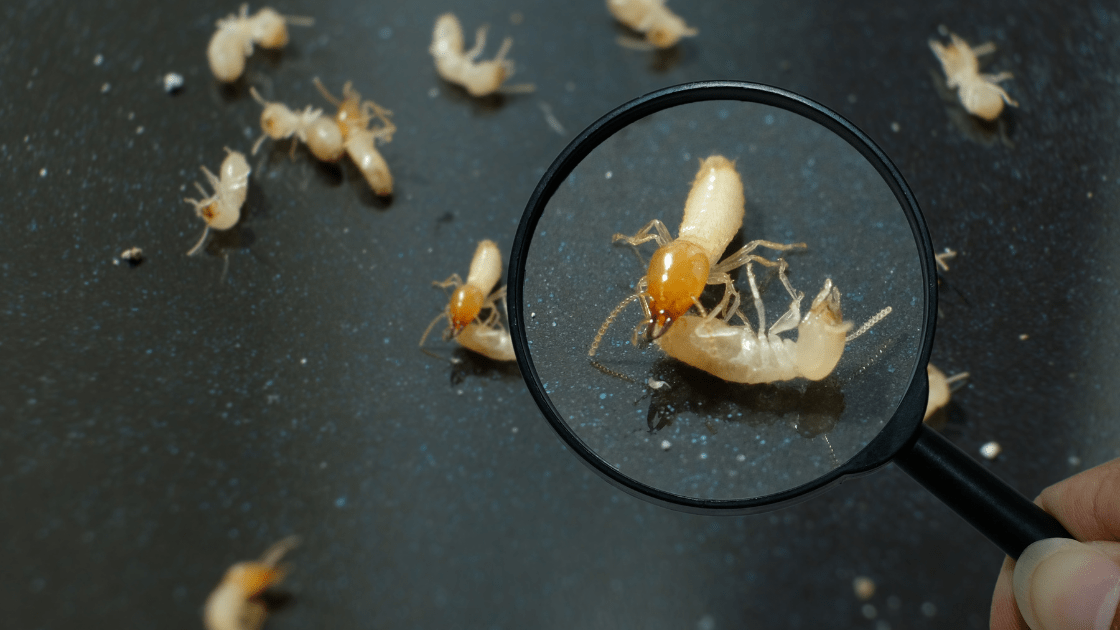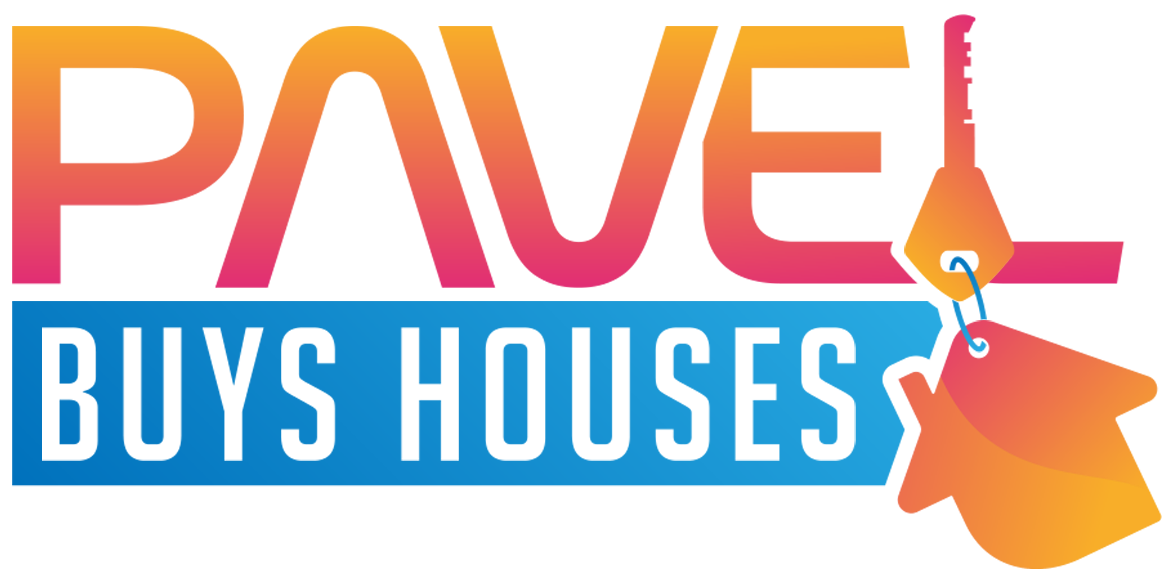
Whether you’re buying a new home, selling one, or simply ensuring the longevity and safety of your current dwelling, a termite inspection is essential. These small yet destructive pests can cause considerable damage that can cost homeowners thousands in repairs. With this, the first step in guarding your investment is understanding the costs involved with identifying a potential termite infestation. Let’s dive into what a termite inspection typically costs and what factors might influence that price.
How Much is a Termite Inspection on Average?
When looking at the national average, the cost of a termite inspection usually falls between $75 to $150. However, most professional pest control companies will offer termite inspections, with many of them providing free inspections if you subsequently choose their extermination services. The objective is to ensure the safety of the property from these invasive pests, and it’s crucial to remember that the potential financial ramifications of unchecked termite damage far exceed the cost of an inspection.
What Factors Affect the Price of a Termite Inspection?
Various factors can influence the final cost you’ll pay for a termite inspection. Understanding these can help you budget appropriately and ensure that you’re getting good value for your money.
The Location and Size of the Property
It stands to reason that the bigger the property, the longer it will take to inspect thoroughly. Larger homes or properties require more time and, thus, often come with a higher inspection fee. Similarly, if a property is situated in hard-to-reach locations or in areas known for frequent termite problems, the cost might increase due to the added complexity of the inspection.
The Severity of the Termite Infestation
If the termite inspector suspects or identifies a significant termite infestation, they might need to spend additional time assessing the extent of the damage and formulating a remediation plan. This extra time and effort can lead to a higher inspection cost.
Where You Live and Regional Cost Differences
Just as the cost of living varies from one place to another, the price of termite inspections can also differ based on the region. Areas with a higher prevalence of termites or higher living costs, in general, might have steeper inspection fees.
The Inspection Method Used
The tools and techniques utilized during the inspection can influence the price. Basic visual inspections might be on the lower end of the cost spectrum. In contrast, checks that use advanced equipment like infrared cameras or moisture meters, which can detect termite activity behind walls or other obstructions, can carry a higher price tag due to the technology involved.
What Happens During a Home Termite Inspection?
Termites might be tiny, but the damage they inflict can be monumental. To ensure your property remains safe from these pests, professionals conduct thorough inspections. But what does this process entail? Here’s a step-by-step breakdown of what typically happens during a termite inspection.
Step 1: Initial Assessment
Before diving deep, the inspector begins with an initial assessment. This involves a conversation with the homeowner to understand any previous termite problems, current suspicions, or areas of concern.
Moreover, they’ll ask about any visible damage or changes you’ve noticed around your property. This initial chat helps the inspector pinpoint potential hotspots and formulate a plan for the inspection.
Step 2: Interior inspection
Once the initial assessment is complete, the inspector proceeds with an in-depth check of the interior of the property. This includes but is not limited to:
- Examining wooden structures like beams, window frames, and door frames for signs of termite damage or live termites.
- Checking basements, attics, and crawl spaces, as these areas are often prime habitats for termites due to the dark, damp conditions.
- Looking for termite wings or droppings known as “frass.”
Step 3: Moisture check
Termites are attracted to moisture, so any damp areas within a home can be a breeding ground for these pests. The inspector will often use a moisture meter to identify areas with a high moisture content. This step is crucial, as it not only detects potential termite activity but can also reveal other issues like leaks or poor ventilation that may need to be addressed.
Step 4: Documentation and Final Report
After the inspection, the professional will compile their findings into a comprehensive report. This document will detail any areas of concern, evidence of termite activity, potential risks, and, if necessary, recommended treatments or preventive measures. Most companies will provide this report to homeowners within a day or two post-inspection, ensuring you can take timely action if termites are found.
Additional Costs that May Impact Your Final Bill
While the initial inspection fee gives you an overview of the current termite situation in your property, it’s only a part of the potential expenses you might encounter. Termites, given their secretive nature and the extensive damage they can cause, often lead to additional costs post-inspection. Being aware of these can help you budget better and make informed decisions should an infestation be discovered. Here’s what you should know about additional termite costs:
Follow-up visits
If termites or signs of their activity are found during the initial inspection, the inspector might recommend follow-up visits. These visits ensure that the problem is addressed comprehensively and can include checking the efficacy of treatments or monitoring bait stations. Depending on the company and the severity of the infestation, these follow-up visits can come with additional charges.
Treatment costs
Discovering termites invariably leads to the next step: extermination. Treatment methods can vary, from liquid pesticides to bait systems, and the costs associated can range significantly based on the method chosen and the size of the property. It’s not uncommon for termite treatments to range from $500 to over $2,000, depending on the complexity and severity of the infestation.
Damage repairs
Lastly, the hidden costs that can sting the most are the repairs. Termites can compromise the structural integrity of a home, and fixing this damage is paramount for safety. Repair costs can vary widely, from a few hundred dollars for minor fixes to tens of thousands for significant structural repairs. Hence, it’s essential to have a professional evaluate the extent of the damage and provide a comprehensive repair plan to restore your home to its former glory.
How to Save Money on Your Termite Inspection
While termite inspections are essential for the well-being of your property, it doesn’t mean you need to break the bank every time. With some savvy strategies and proactive measures, you can effectively reduce the costs associated with termite inspections and treatments. Let’s explore some ways to keep those bills in check.
Take preventative measures
Prevention is often more cost-effective than cure. By adopting specific practices, you can make your property less attractive to termites:
- Ensure there’s no wood-to-ground contact around your home.
- Regularly check and repair any leaky faucets, water pipes, and AC units to prevent moisture accumulation.
- Store firewood, lumber, or any wood-based items away from your home’s foundation.
- Use termite-resistant wood for any new constructions or renovations.
Do regular inspections
While it might sound counterintuitive, scheduling regular inspections can actually save you money in the long run. Catching a termite infestation early means less damage, fewer treatments, and, consequently, reduced costs. Think of it as a small investment now to avoid a hefty bill later.
Negotiate
Remember, the prices provided by pest control companies aren’t always set in stone. If you have a longstanding relationship with a company or if they’re eager to acquire your business, they might be open to negotiations. Don’t hesitate to ask for discounts, especially if you’re committing to a long-term contract or package deal.
Bypass the Bug: Your Hassle-Free Home Sale Solution
Facing termite troubles? Between inspections, potential damage, and the looming dread of repair bills, the whole ordeal can be overwhelming. But imagine a world where all these issues are someone else’s problem. That’s where we step in. As professional cash home buyers, we specialize in buying properties “as is” – yes, termites and all. With us, you can sidestep the complications and enjoy a swift, straightforward sale.
So, why deal with pest problems when you don’t have to? Let us be your termite-free ticket to a fresh start. Click here to connect and discover the smoother path to selling your home.

